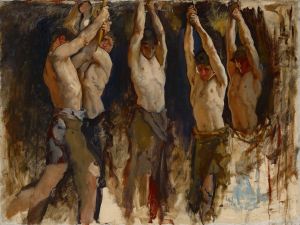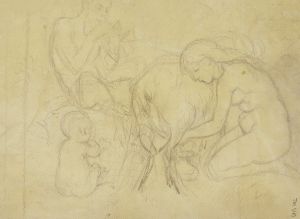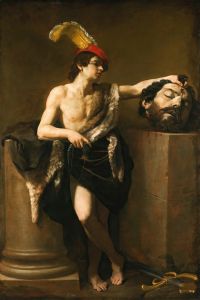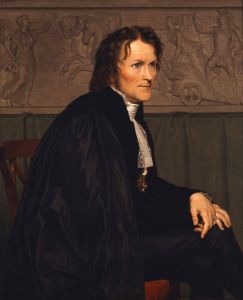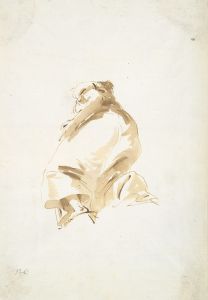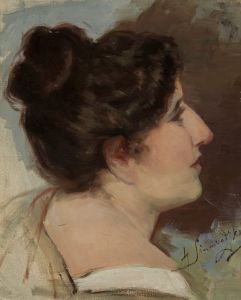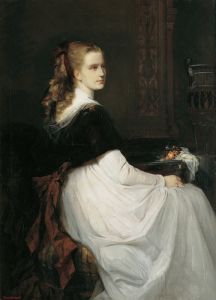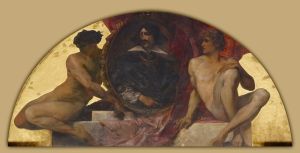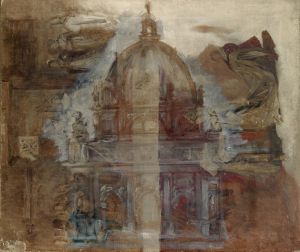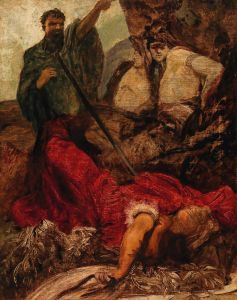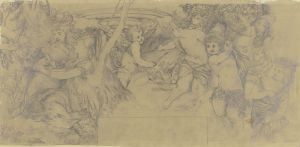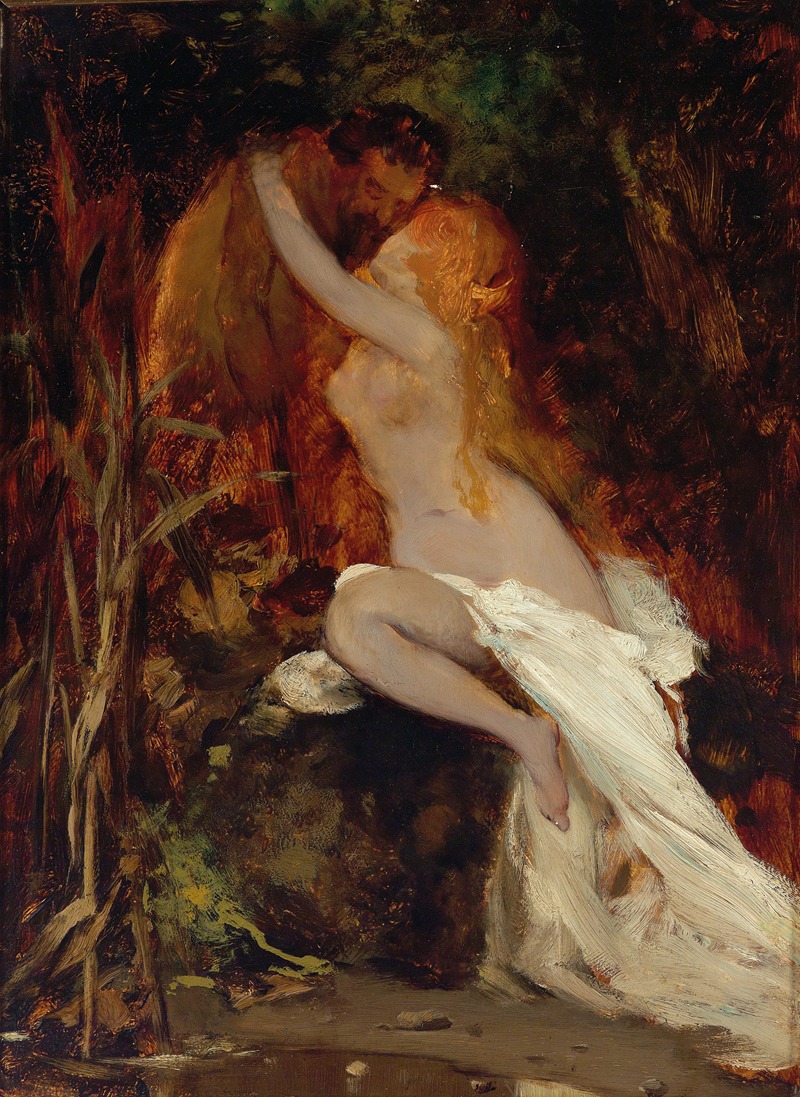
Faun And Nymph
A hand-painted replica of Hans Makart’s masterpiece Faun And Nymph, meticulously crafted by professional artists to capture the true essence of the original. Each piece is created with museum-quality canvas and rare mineral pigments, carefully painted by experienced artists with delicate brushstrokes and rich, layered colors to perfectly recreate the texture of the original artwork. Unlike machine-printed reproductions, this hand-painted version brings the painting to life, infused with the artist’s emotions and skill in every stroke. Whether for personal collection or home decoration, it instantly elevates the artistic atmosphere of any space.
Hans Makart was an Austrian painter known for his vibrant and theatrical style, which played a significant role in the development of historicism in 19th-century art. One of his works, "Faun and Nymph," exemplifies his ability to blend mythological themes with a rich, dramatic aesthetic.
Makart was born in 1840 in Salzburg and became a prominent figure in the Viennese art scene. He studied at the Academy of Fine Arts in Vienna and later in Munich, where he was influenced by the works of Peter Paul Rubens and other Baroque masters. Makart's style is characterized by its opulent use of color, dynamic compositions, and a penchant for grand historical and allegorical subjects.
"Faun and Nymph" is a painting that captures a moment from classical mythology, a common theme in Makart's oeuvre. The faun, a mythological creature that is part human and part goat, is often associated with rustic music and revelry. Nymphs, on the other hand, are typically depicted as beautiful female spirits of nature, often connected to particular natural features such as forests, rivers, or mountains.
In this painting, Makart portrays the interaction between these two mythological beings, capturing a sense of movement and emotion. The faun and nymph are depicted in a lush, natural setting, which is typical of Makart's ability to create immersive environments that draw the viewer into the scene. The use of light and shadow in the painting enhances the sensual and mystical atmosphere, a hallmark of Makart's work.
Makart's "Faun and Nymph" reflects the artist's fascination with the interplay of human and mythical elements, a theme that resonated with the Romantic sensibilities of his time. His work often explored the boundaries between reality and fantasy, inviting viewers to contemplate the deeper meanings behind mythological narratives.
The painting also showcases Makart's skill in rendering the human form, with a particular emphasis on the beauty and expressiveness of his subjects. His figures are often idealized, reflecting the influence of classical art and the artist's desire to capture an idealized vision of beauty.
Makart's influence extended beyond painting; he was also involved in theater and interior design, and his work had a significant impact on the cultural life of Vienna during his lifetime. His approach to art, characterized by a synthesis of various artistic disciplines, contributed to the development of the "Makartstil" or "Makart style," which became synonymous with the opulence and grandeur of the late 19th century.
"Faun and Nymph" remains an important example of Makart's contribution to the art world, illustrating his ability to blend mythological themes with a distinctive, dramatic style. His work continues to be studied and appreciated for its technical mastery and its role in shaping the artistic landscape of his era.





